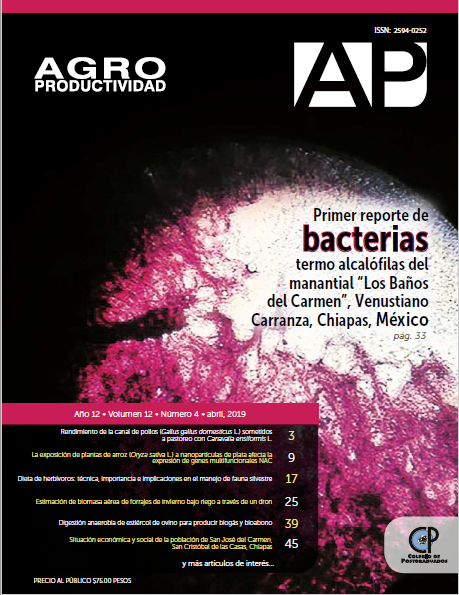Diet of herbivores: technique, importance and implications in the wildlife management
Main Article Content
Keywords
Plant cells; stomata; bighorn sheep; ungulates; loading capacity
Abstract
Objective: To review the contributions and implications of the microhistological technique in the management of wild herbivores and to provide recommendations for diet studies.
Design/methodology/approach: A meta-analysis was carried out on diet subjects in wild cervids and bovines in North America, in order to know the approaches of diet studies in the management of these species. These works are described and discussed and recommendations are given to adequately perform the microhistological technique.
Results: The microhistological technique is a fundamental tool in diet studies in wild herbivores. It has been used to evaluate the carrying capacity of species of hunting interest such as bighorn sheep. The use of sodium hypochlorite as a method of thinning has been questioned, however, it allows to identify cell structures efficiently, as long as the thinning time is not excessive. Dietary studies should be accompanied by an evaluation of forage availability. The stool collection must take place at least during the four seasons of the year and the number of samples must not be less than 50 samples per season.
Limitations of the study/implications: The use of the microhistological technique assumes that all plant species have the same percentage of digestibility. However, it allows to determine the diet in fecal samples, which is indispensable in evaluations of carrying capacity for wild herbivores.
Findings/Conclusions: The microhistological technique in the study of bighorn sheep using sodium hypochlorite has been an adequate method of thinning plant samples, to determine the availability of forage and in the determination of the diet are two aspects intimately linked for evaluations of habitat of this wild herbivore.

